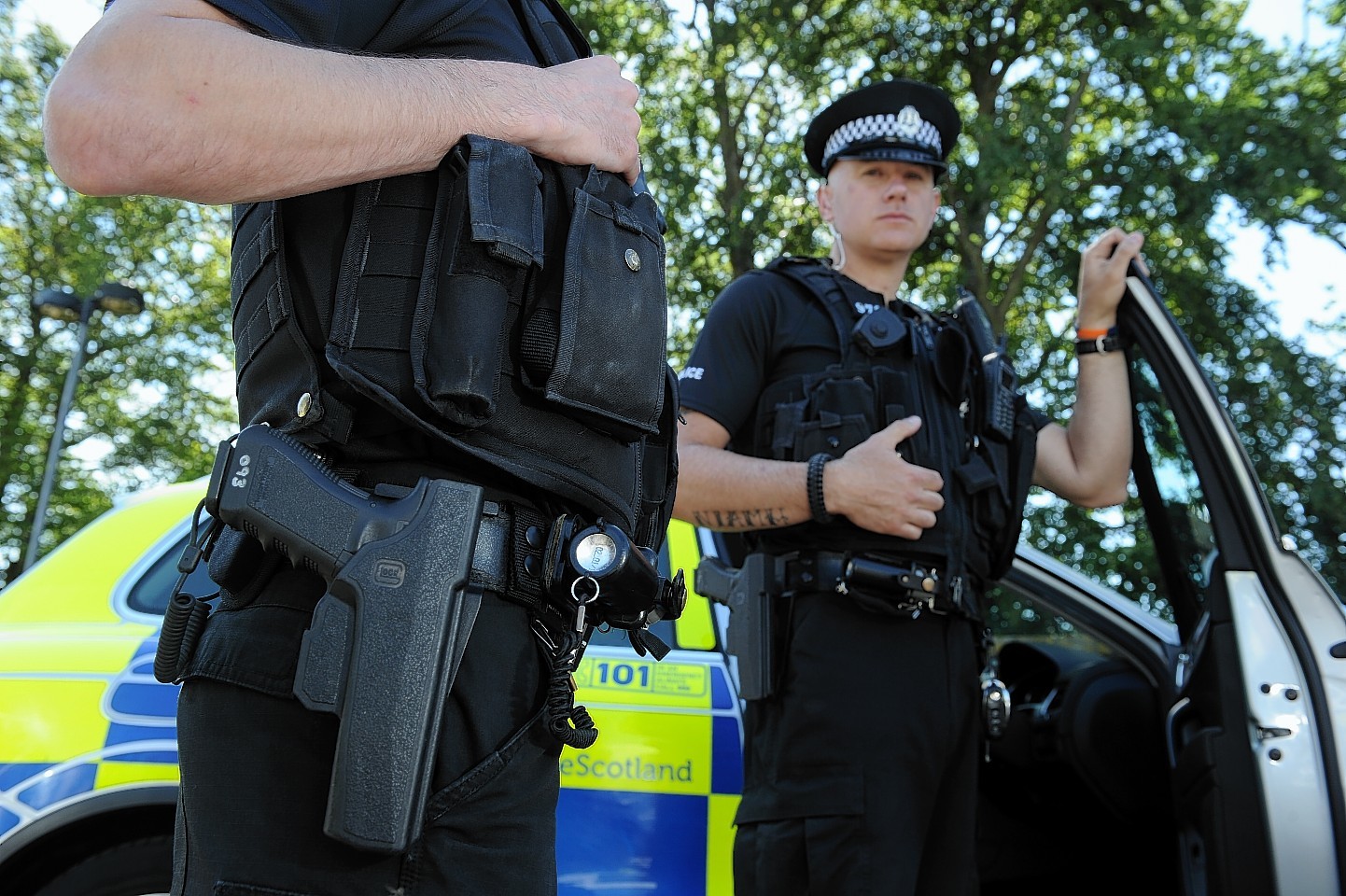A controversial decision to allow some police officers to routinely carry hand guns in the Highlands will be reviewed by two independent bodies.
Police Scotland has asked HM Inspectorate of Constabulary in Scotland (HMICS) to carry out an investigation into the practice, which has caused an outcry across the country
The Scottish Police Authority (SPA) is also carrying out an inquiry into how the force reached the decision it was acceptable to deploy officers sporting Glock pistols on their hips to run-of-the-mill incidents.
The reviews were announced just days after an exclusive poll revealed the majority of Press and Journal readers were opposed to the policy.
Politicians and members of the public will be given the opportunity to express their views at evidence sessions.
Opposition politicians have argued that the policy amounts to a change in the culture of policing and should have been debated at Holyrood.
Inverness, Nairn, Badenoch and Strathspey MP Danny Alexander said he hoped the reviews “will take into account the strong feeling in the Highlands on the issue”.
Derek Penman, HM Inspector of Constabulary in Scotland, said: “This review provides an opportunity to make an objective professional assessment on whether the operational decision-making by Police Scotland on the standing authority for firearms has followed the relevant guidance.”
Mr Penman said the objective was to “add value and strengthen public confidence in policing”.
Iain Whyte, chairman of the SPA scrutiny inquiry, admitted the issue was “contentious” and kept under review.
“Questions and views continue to be raised about the issue and we have concluded that an inquiry provides an opportunity for us to assess the level and nature of those concerns,” he added.
More than 1,000 Press and Journal readers took part in an online poll on the issue – and 625 of them said specialist officers in the Highlands should not be allowed to carry firearms at all times.
The announcement of the inquiries was welcomed by Justice Secretary Kenny MacAskill, Police Scotland and Highland Council deputy leader David Alston.
The councillor said: “This is good news and very much welcomed, particularly the fact that SPA will include public evidence sessions.
“The majority of people are opposed to this policy and the sessions will allow concerns to be given serious consideration.”
Mr Alston said the solution was for the police to keep guns in locked cases in vehicles until they were needed.
Liberal Democrat justice spokeswoman Alison McInnes described the news as a “victory for local communities”.
“We need to know if the Scotland-wide policy on armed policing is proportionate to the risks in individual communities,” she added.
But Labour justice spokesman Graeme Pearson, a former policeman, said the terms of reference of the reviews “appear to accept a chief constable’s inalienable right to decide these issues on his own”.
The HMICS review aims to provide assurance that Police Scotland’s approach is compliant with guidance, procedures and recognised best practice.
It will also benchmark the force’s policy against a range of other UK police forces.
The review will consider how armed response officers are deployed on regular patrols and the extent to which the impact on communities is factored into police decision-making processes.
The SPA inquiry will be informed by the findings of the HMICS review.
A report will be published on October 29 and copies will be given to Mr MacAskill and Chief Constable Sir Stephen House.
The SPA inquiry will then draw together both its own evidence and that of the HMICS assurance review, and report with overall findings and recommendations to the authority on December 17.
